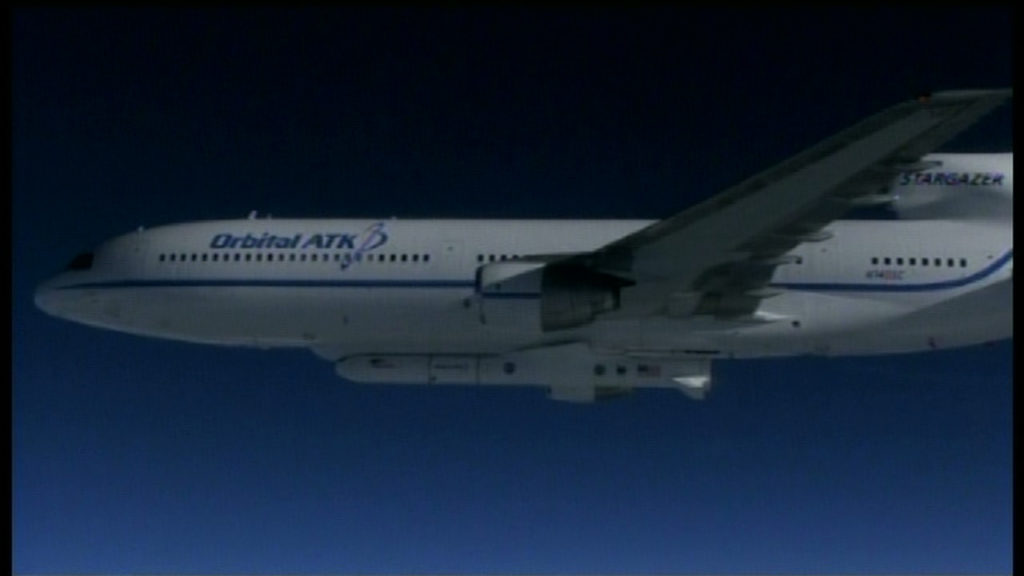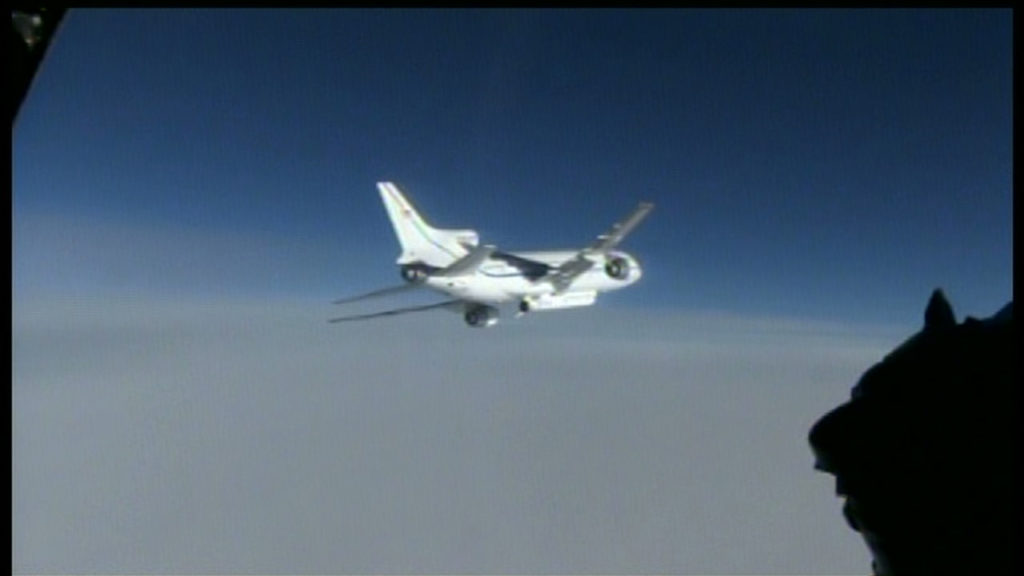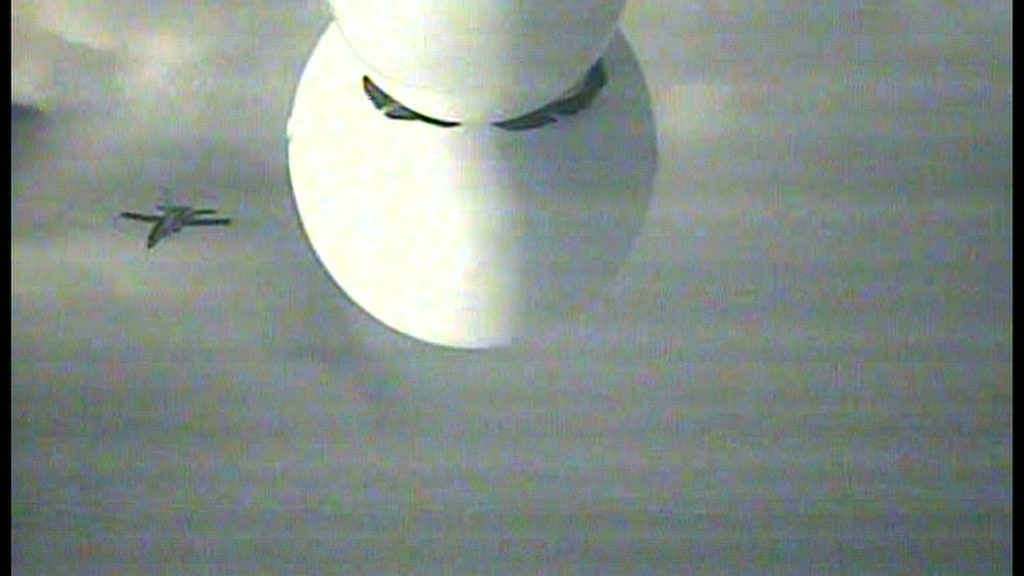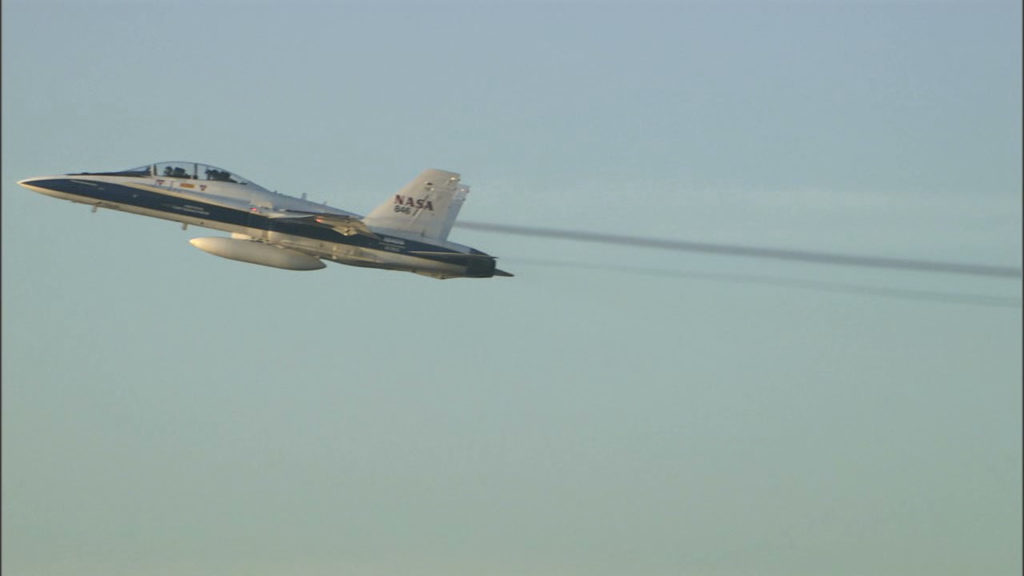Today’s launch of NASA’s CYGNSS spacecraft has been scrubbed due to problems with the hydraulic pump that controls the release of the Orbital ATK Pegasus XL rocket from the L-1011 carrier aircraft. A hydraulic pump aboard the Orbital ATK L-1011 airplane, which is required to release the latches holding Pegasus in place, is not receiving power. Teams will assess the issue after the plane lands.
The aircraft is on its way back with the Pegasus XL rocket still safely attached.
The next possible launch opportunity is Tuesday, pending resolution of the pump issue.





